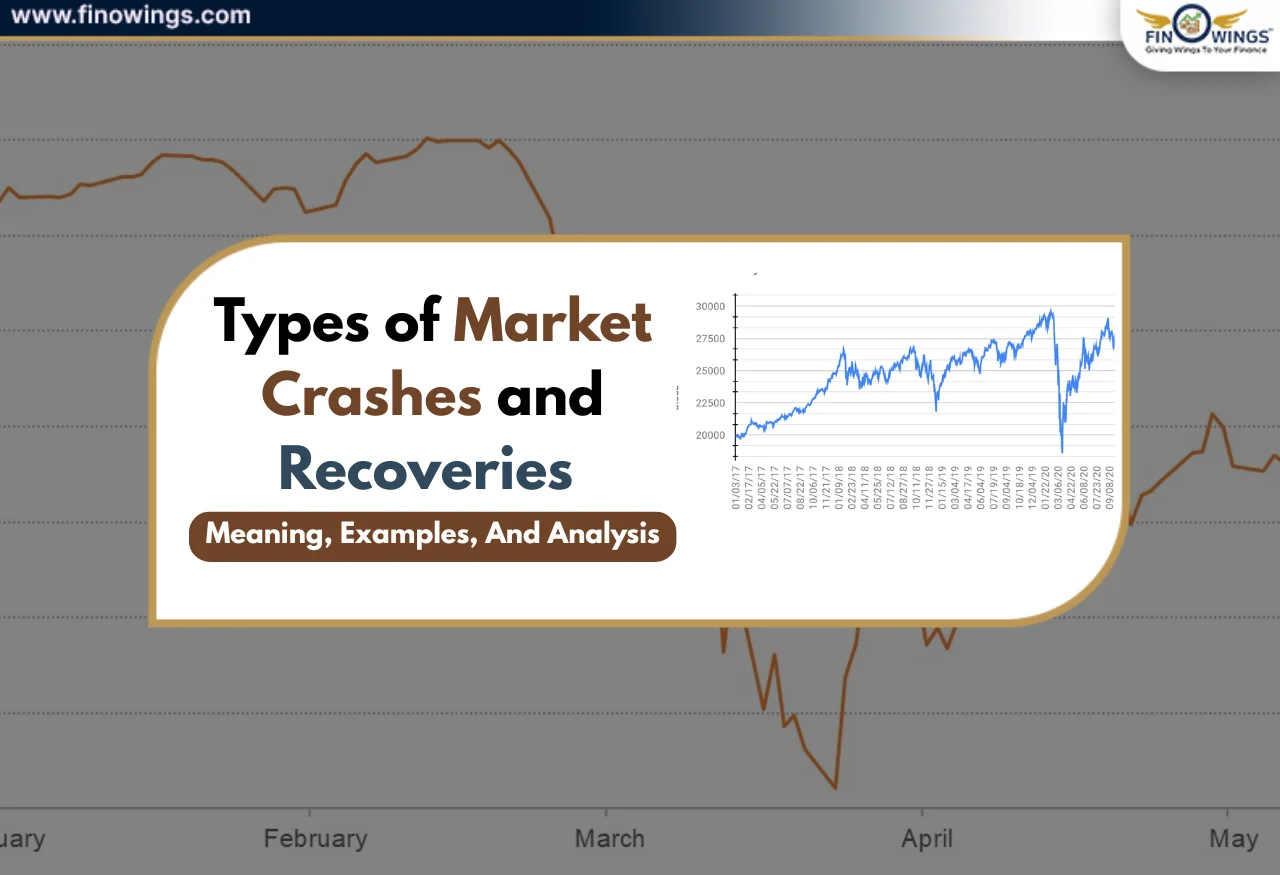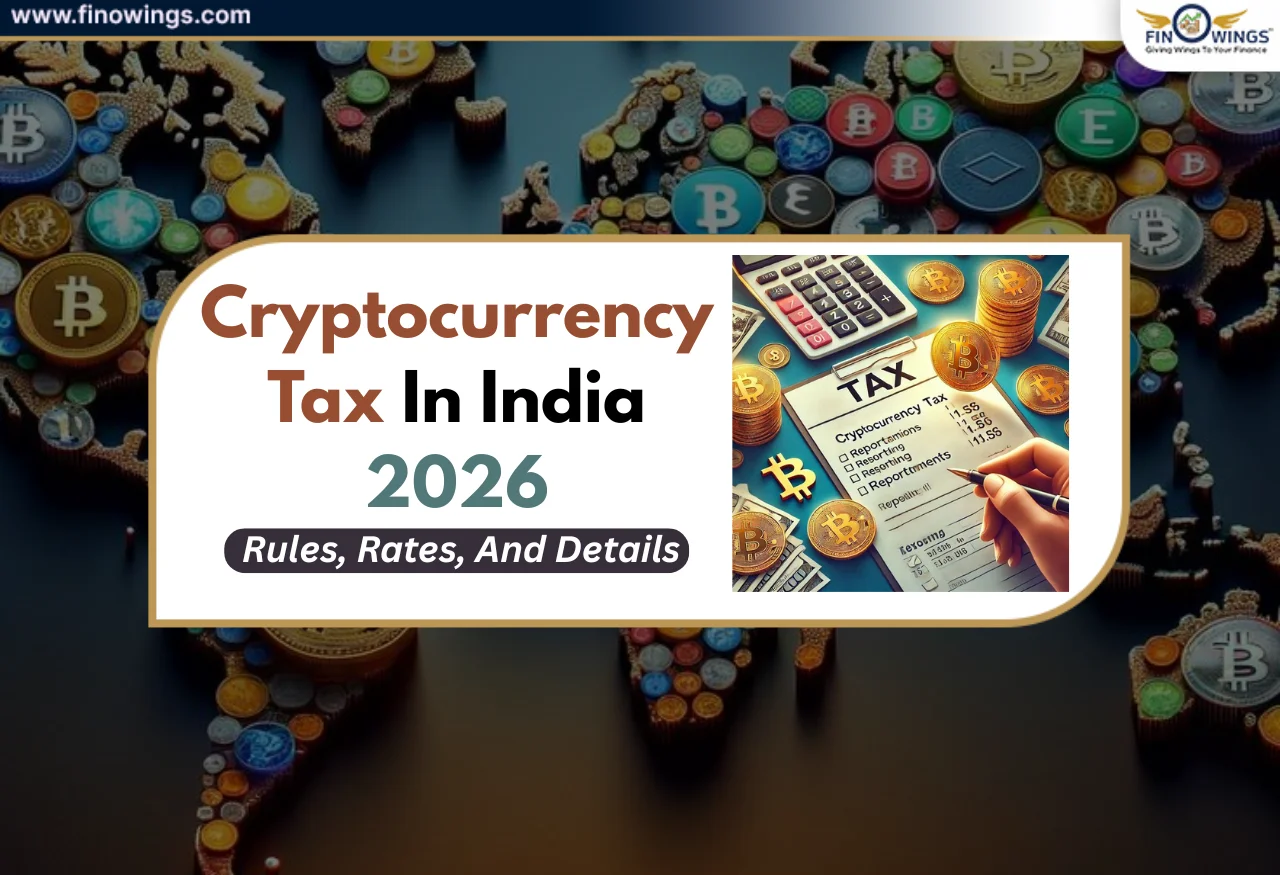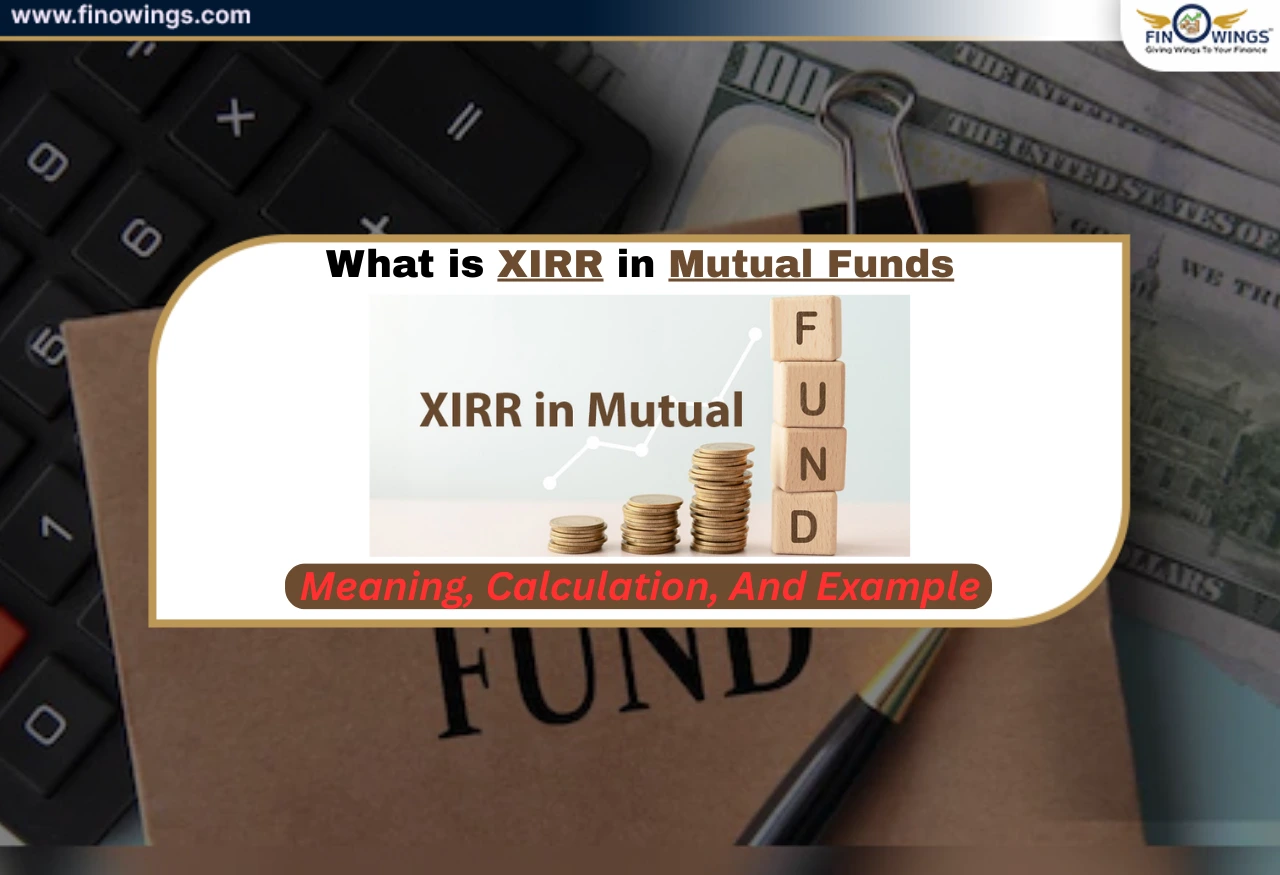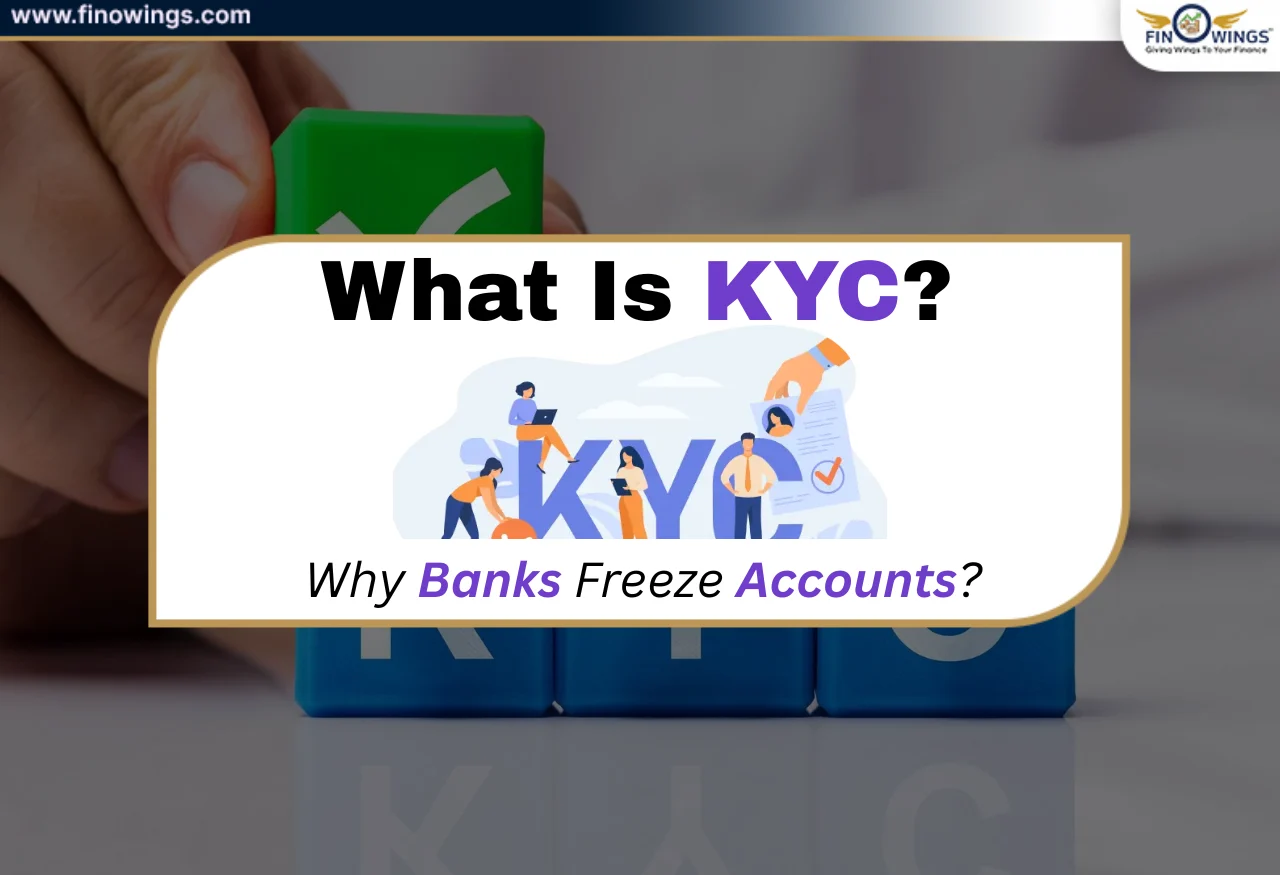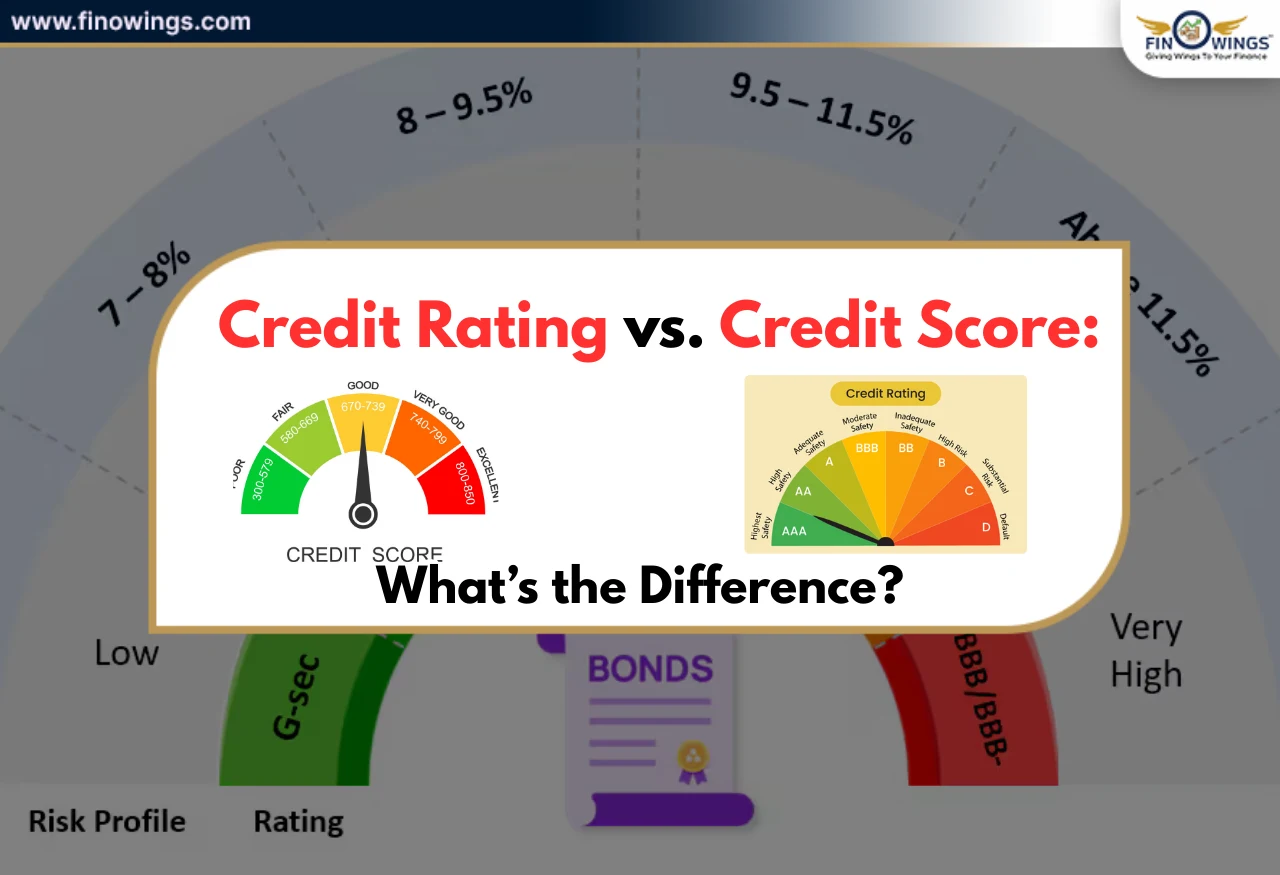Home >> Blog >> What is Consumer Price Index?
What is Consumer Price Index?
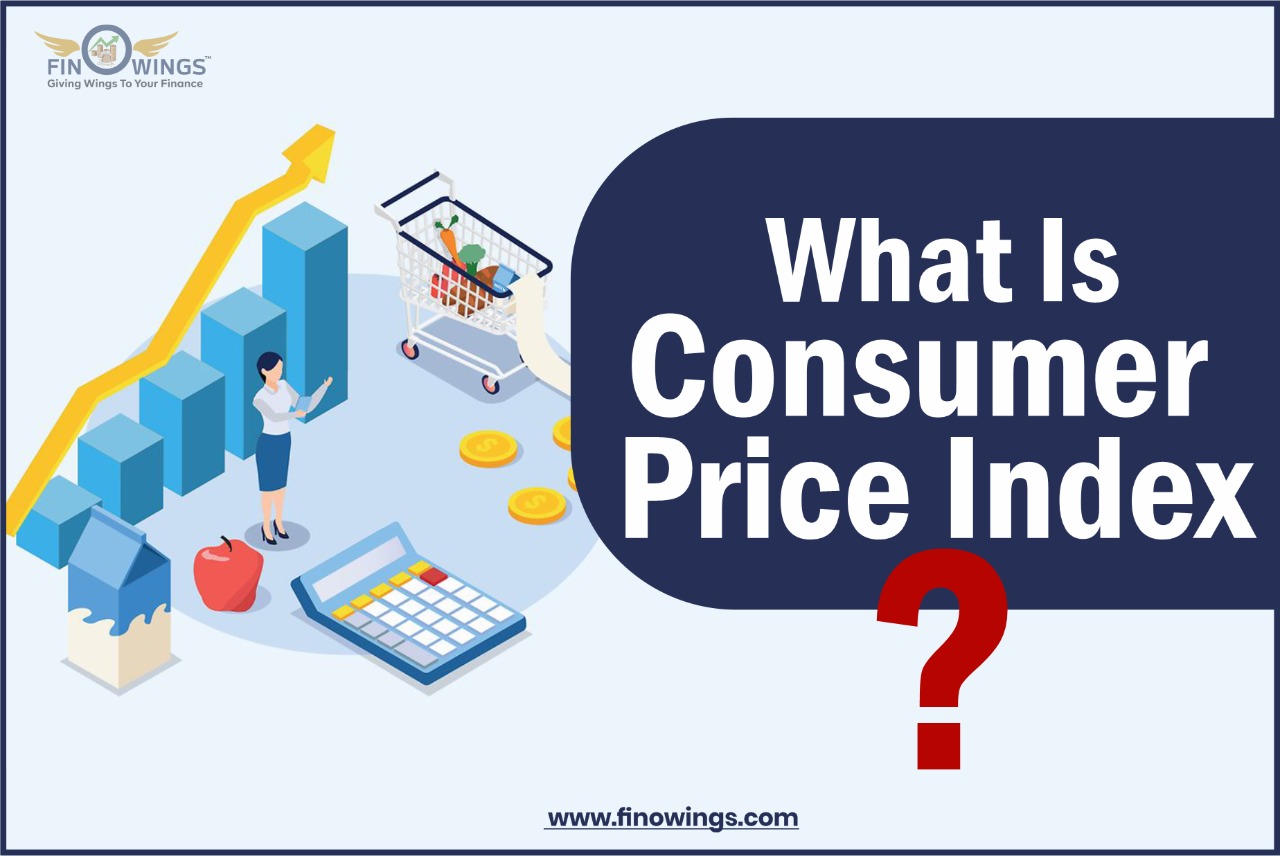
Table of Contents
Consumer Price Index (CPI) Meaning
The Consumer Price Index, or CPI, is an index used to measure the price change in a basket of consumer goods and services purchased by households. It is meant to reflect the change in income that the consumer would need to maintain the same standard of living over time. Hence, it is also known as the barometer of inflation in India.
CPI is an index used to calculate retail inflation in the country. It is one of the fundamental tools to evaluate inflation and deflation. Both can damage a healthy economy. One thing that is important to know here is that the CPI is different from the WPI or the Wholesale Price Index. Whereas the CPI measures retail inflation at the price at which the consumer buys the product, the WPI is measured based on the prices at the wholesale level.
CPI is one of most countries' most closely watched national economic statistics. The CPI is the most critical metric used to measure inflation, closely watched by policymakers, businesses, financial markets, and consumers. The CPI calculates the change in the price of goods and services, such as food, medical care, education, electronics, etc., by comparing the prices prevailing during the same period of the previous year. The goods and services in the CPI basket are divided into eight major components: education, communication, transportation, entertainment, clothing, food and beverage, housing, and medical care.
The CPI is usually calculated monthly. The National Statistical Office (NSO) of the Ministry of Statistics and Program Implementation publishes the CPI.
Types of CPI In India
Four different CPI numbers are calculated in India, and they are as follows:
-
CPI for Industrial Workers (IW).
-
CPI for Agricultural Labourer (AL).
-
CPI for Rural Labourer (RL)
-
CPI (Rural/Urban/Combined) or Urban Non-Manual Employee (CPI-UNME)
The Labour Bureau compiles the first three at the Ministry of Labour and Employment. Fourth, CPI is gathered and compiled by the NSO in the Ministry of Statistics and program implementation.
How Is CPI Calculated In India?
The Consumer Price Index measures the variation in the price level of a group of consumer goods and services typically purchased by households in a particular region or country. It is calculated regarding a base year, which is used as the benchmark. The base year is monitored by the Office for National Statistics and changes continuously. Currently, the base year for CPI is 2012. However, it was moved from 2010 to 2012 and became effective in 2015. Currently, the CPI in India is calculated by taking a basket of 299 items against 676 items in the WPI.
The Ministry of Statistics and Program Implementation calculates the CPI for the country and individual states by dividing it by the average weighted Cost of a basket of goods in a given month and the weighted Cost of the same basket in the previous month. Then it multiplies this percentage by 100 to get the number for the index.
The formula for calculating Consumer Price Index (CPI) is as follows;
Consumer Price Index or CPI = (Cost of a fixed basket of goods and services in the Current Year or month divided by Cost of a fixed basket of goods and services in the Base Year or month) multiplied by 100
How does the Consumer Price Index help?
The Reserve Bank of India and other statistical agencies like the NSO Labour Bureau analyze CPI to understand the price changes of various goods and services and keep an eye on inflation. RBI's Monetary Policy Committee (MPC) uses CPI data to control inflation. In 2013, the Urjit Patel Committee recommended abolishing the WPI and introducing CPI as a core measure of inflation in India, fully reflecting the difficulties consumers face due to the effects of inflation. In April 2014, the Reserve Bank of India (RBI) adopted the CPI as its principal measure of inflation. It made it mandatory for its monetary policy to use CPI as the sole indicator of inflation.
The CPI is useful for determining the actual value of wages, salaries, and pensions, as well as the purchasing power of a country's currency and price regulation. In addition, economists are already in charge of collecting information through polling houses about their shopping habits, items they buy most often, and everyday expenses.
The government uses the CPI report to improve the benefits for recipients of Social Security and other government programs that provide financial assistance. This index also helps the government to adjust its budgetary allocation in a better and more efficient manner based on CPI targets and plan expenditure and revenue projections.CPI helps to determine whether economic policies need to be modified to control inflation.
The interplay between CPI, Inflation, and Investment:
The CPI report is widely observed; Inflation plays a significant role in economic decision-making, including RBI's interest rate policy, stock market trading, and plans of major banks and corporations. Calculating inflation-adjusted returns is extremely important as it gives the true value of the investment and tells whether the money has grown. Excessive inflation threatens economic growth and can affect the prices of financial assets, stocks, and bonds. Inflation-protected securities and derivatives contracts based on the CPI can help investors assess and control inflation and deflation risks.
Individual investors can also benefit from closely examining consumer price trends. It helps investors avoid the risks associated with securities that benefit from inflation.
CPI Limitations
Different people have different living standards in a large and populated country like India. Thus, a single CPI cannot justify the entire variety. Also, the price indexes used for the CPI are made using retail prices. However, retail prices differ from store to store and shop to shop. Thus, the choice of retail price alters the entire outcome. Like most indicators, the CPI also has limitations. Some of the limitations of CPI are as follows:
|
Sampling Error |
Since the CPI measures price changes based on a sample of goods and services, Published indexes differ somewhat if actual records of all retail purchases by everyone in the index population can be used to compile the index. These sampling errors are the limits of the accuracy of the index, not the errors in the calculation of the index. |
|
Non-sampling error |
Non-sampling errors include errors associated with the value-data collection, operational implementation, quality change, etc. |
|
Conditional Cost of Living |
The CPI is a conditional cost of living and does not measure every aspect that affects the standard of living. Social and environmental factors are outside the defined range of the index. |
Conclusion:
The Consumer Price Index is among the most important economic indicators to measure inflation and deflation. It is one of the most common measures of inflation, which shows the health and direction of the economy. It gives the government, businesses, and citizens an idea about changes in prices in the economy. It also explains how much a consumer can afford to equal the price change. It is essential to know that the terms CPI and inflation are often used interchangeably because inflation is the percentage increase or decrease of the CPI over time. This index helps determine the Cost of living for a person and can be used by anyone from any walk of life: investors, traders, consumers, business people, farmers, etc.
Author
Frequently Asked Questions
The base period is the reference period that is used as a benchmark for comparison with other periods. A set of data is collected from the base year and used for later comparison. This period is often one of a year but can be as short as one day or as long as the average of a group of years.
It is primarily used by the government and economists as a macroeconomic indicator to monitor and evaluate the level of inflation in the Indian economy and to adjust rupee values for types of fixed payments such as pensions and contracts.
The wholesale price index or WPI expresses the cost of goods at the wholesale level. It measures the average change in the price of goods at the wholesale level or in the wholesale market. The Consumer Price Index or CPI is another price index that calculates price changes in a basket of consumer goods and services purchased by households.


